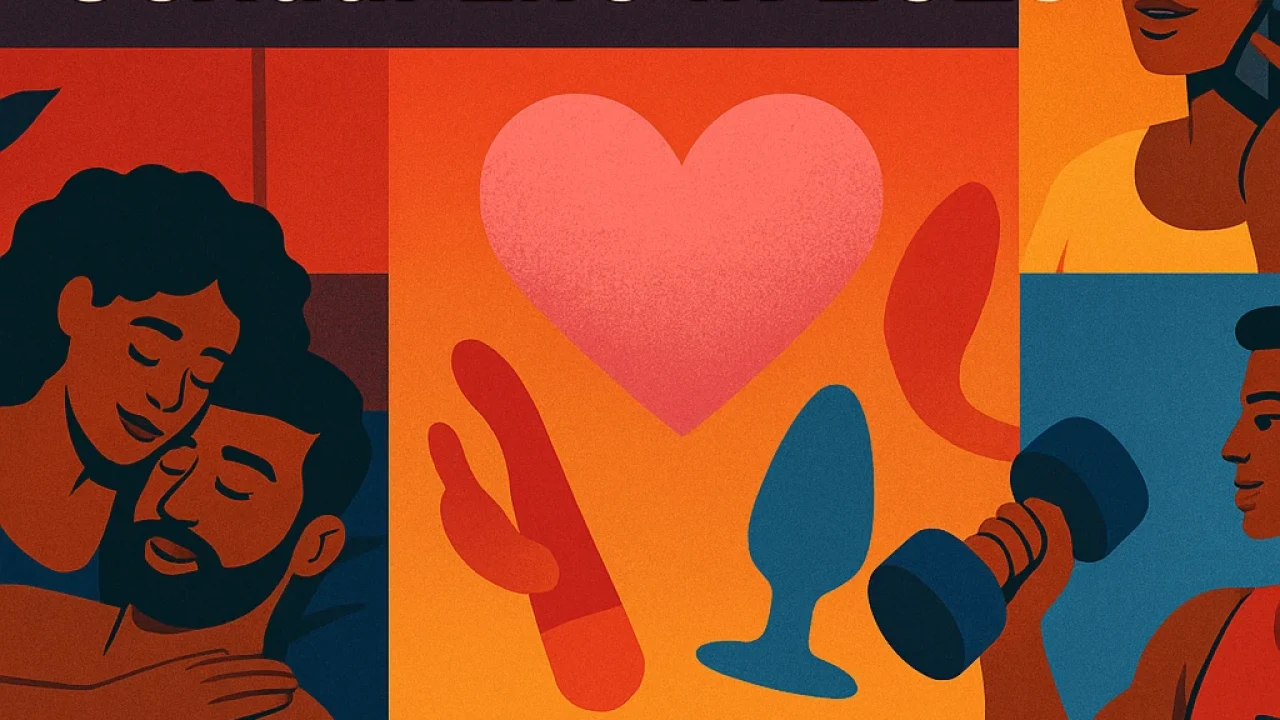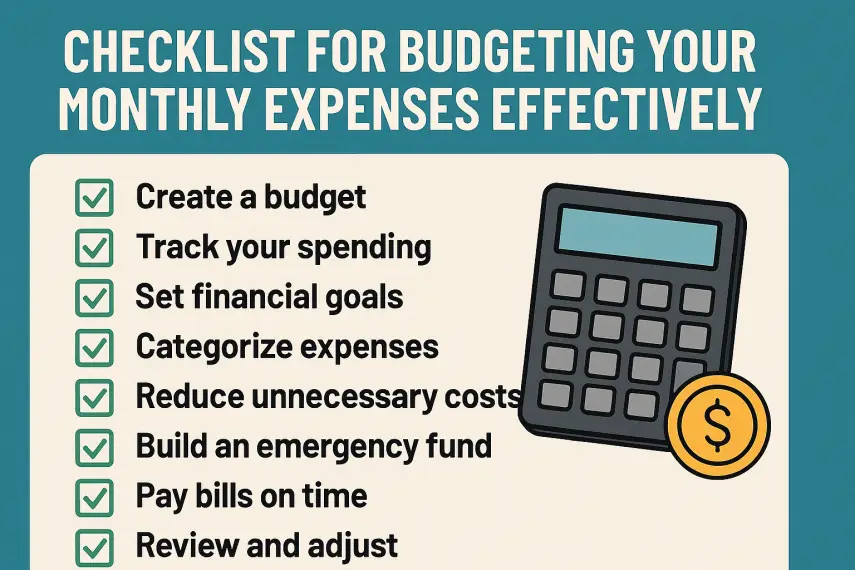
Ultimate Guide to Modern Highlights: Techniques, Trends, and Care Tips
📑 Contents
Ultimate Guide to Modern Highlights: Techniques, Trends, and Care Tips
Highlights have become an essential technique in the world of hair coloring, offering dimension, depth, and a sun-kissed glow to all hair types. Whether you’re considering subtle babylights or bold chunky streaks, understanding the different highlighting methods, current trends, and aftercare routines is crucial for achieving the best results. This comprehensive guide covers everything you need to know about highlights in 2024, from choosing the right style to keeping your hair healthy and vibrant.
What Are Hair Highlights?
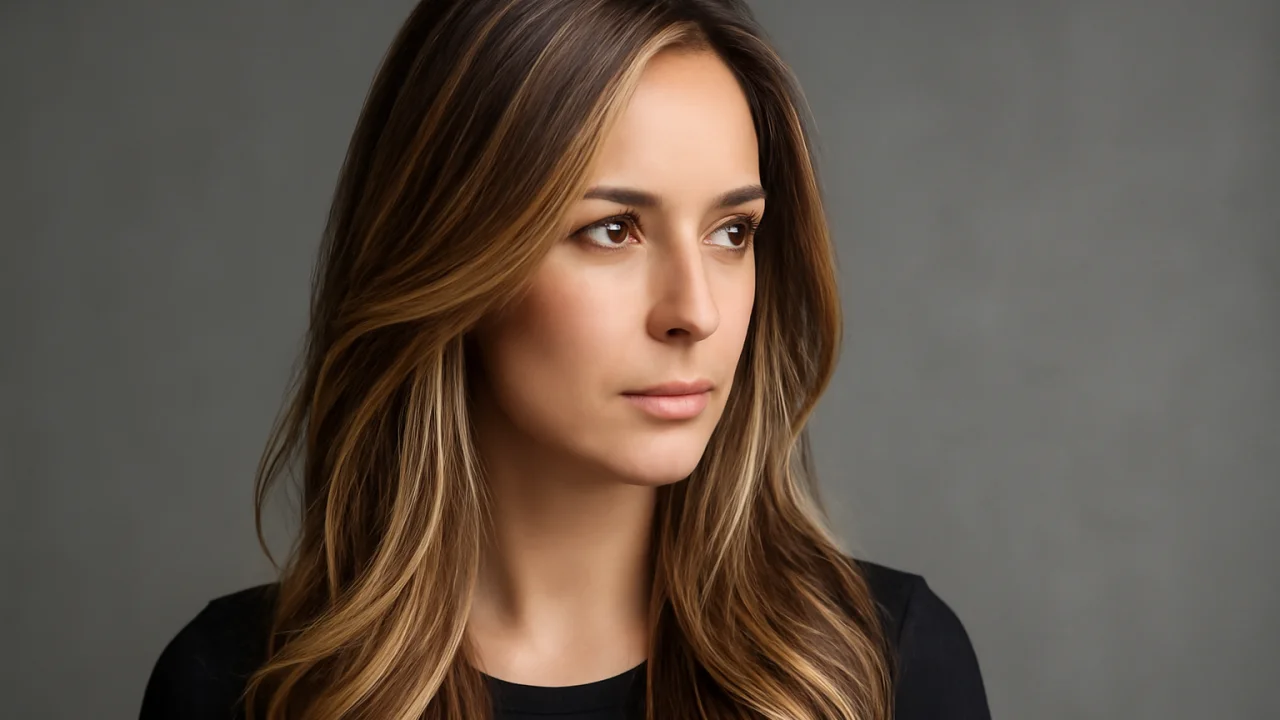
Hair highlights involve lightening specific sections or strands of hair to create contrast, brightness, and a multi-dimensional appearance. Unlike all-over color, highlights can be tailored to your natural hair, skin tone, and personal style. They range from fine, natural-looking streaks to dramatic, high-contrast effects, making them a versatile choice for both subtle and bold transformations.
Popular Highlighting Techniques
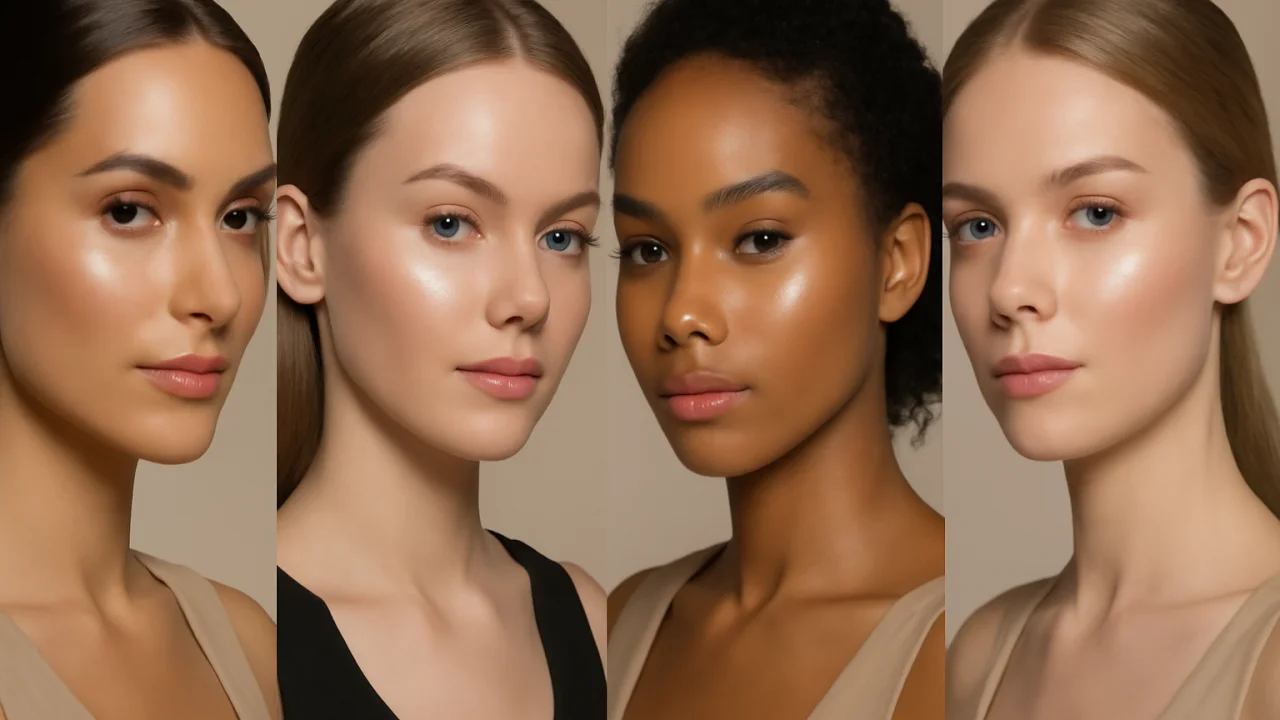
The world of highlights has evolved far beyond the basic foil method. Here are the most popular techniques used by stylists today:
Foil Highlights
Foil highlights are the classic method where sections of hair are painted with lightener and wrapped in foil. This method allows for precise placement and higher lift, making it ideal for more dramatic or evenly-distributed highlights.
Balayage
Balayage, a French word meaning "to sweep," is a freehand technique where the colorist paints color onto the hair in sweeping motions. The result is a natural, sunlit effect with softer, less noticeable regrowth lines. Balayage is perfect for low-maintenance, blended highlights.
Babylights
Babylights are ultra-fine, delicate highlights that mimic the subtle, dimensional look of children’s hair. They require precision and patience but deliver a soft, natural glow that works well for all hair colors and textures.
Ombre and Sombre
Ombre features a gradual transition from darker roots to lighter ends, while sombre (soft ombre) offers a more subtle, blended transition. Both styles create a striking, gradient effect and are popular for those seeking a bold yet wearable look.
Chunky Highlights
Chunky highlights are making a comeback, especially among those embracing Y2K and 90s-inspired trends. These bold, thick streaks add high contrast and drama, great for creating statement looks.
Choosing the Right Highlights for Your Hair Type
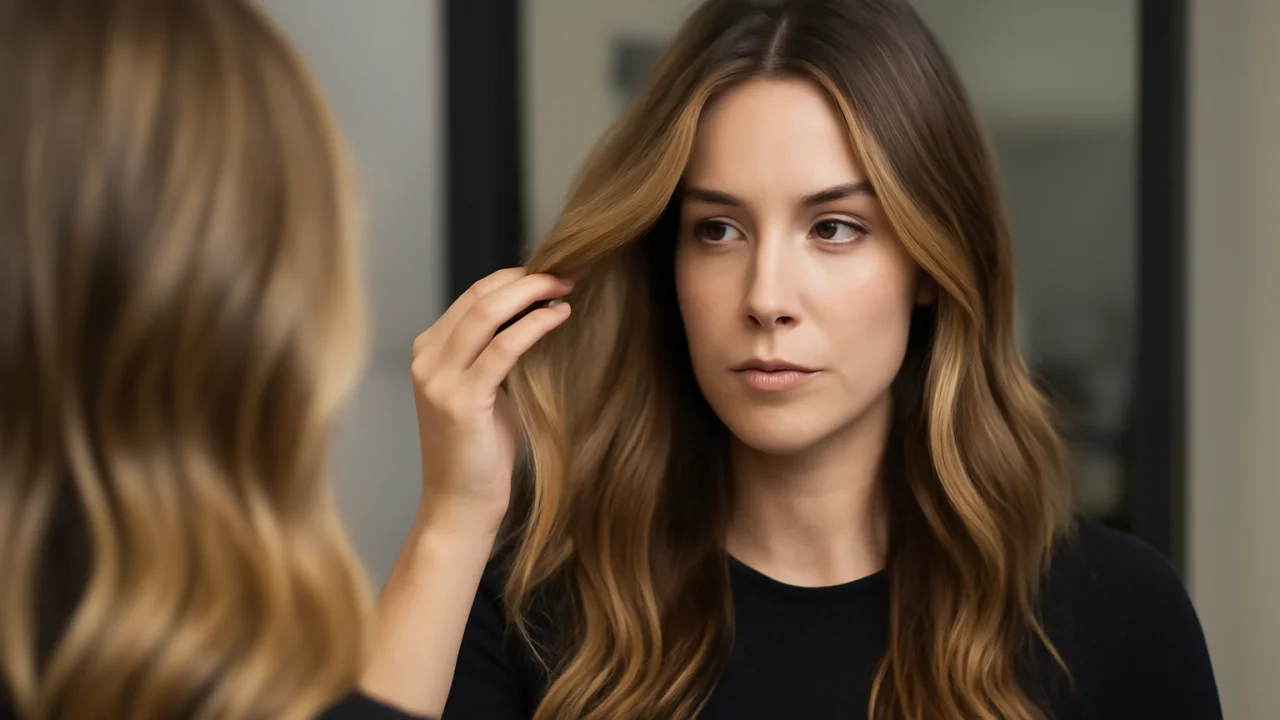
Selecting the best highlight technique and shade depends on your natural hair color, texture, and desired maintenance level. Here’s a quick comparison to help you decide:
| Hair Type | Recommended Technique | Best Shades | Maintenance Level |
|---|---|---|---|
| Fine/Thin | Babylights, Balayage | Soft blondes, caramel, honey | Low to Medium |
| Thick/Coarse | Foil, Chunky Highlights | Bold blondes, copper, brunette | Medium to High |
| Curly/Wavy | Balayage, Ombre | Warm browns, golden blondes | Low |
| Dark Hair | Foil, Balayage | Caramel, mocha, toffee | Medium |
| Light Hair | Babylights, Sombre | Pearl, platinum, beige | Low |
Trending Highlight Colors for 2024
Each year brings new color trends to the forefront. In 2024, these highlight shades are commanding attention:
- Face-Framing Money Pieces: Bold, lighter strands around the face for instant brightness.
- Bronde: A blend of brown and blonde tones for a natural, sun-kissed look.
- Caramel and Toffee Highlights: Warm, rich hues that add depth to brunettes.
- Cool Platinum: Icy, platinum streaks for a high-fashion edge.
- Pastel Accents: Soft pinks, lavenders, and blues for playful, creative expression.
- Rooted Blondes: Highlights with shadowed roots for a more lived-in, effortless vibe.
How to Care for Highlighted Hair
Maintaining the vibrancy and health of highlighted hair requires a dedicated routine. Follow these tips for long-lasting, beautiful color:
1. Use Color-Safe Shampoo and Conditioner
Choose sulfate-free formulas that protect color and prevent brassiness. Purple shampoo is ideal for neutralizing yellow tones in blonde highlights.
2. Deep Condition Regularly
Highlighted hair can become dry or porous. Incorporate weekly deep conditioning treatments to restore moisture and shine.
3. Minimize Heat Styling
Excessive heat can fade color and damage hair fibers. When heat styling, always use a thermal protectant spray.
4. Protect from Sun and Chlorine
UV rays and chlorinated water can dull highlights. Wear a hat outdoors and rinse your hair before and after swimming.
5. Schedule Regular Touch-Ups
Depending on your technique, book salon appointments every 6–12 weeks to keep your highlights fresh and your hair healthy.
DIY vs. Professional Highlights: What to Consider
With the rise of at-home hair color kits, many are tempted to try highlighting themselves. However, there are important factors to weigh:
DIY Highlights
- Cost-effective and convenient
- Suitable for subtle effects or temporary color
- Risk of uneven application, patchiness, or damage if not done correctly
Professional Highlights
- Customized to your hair type, color, and desired outcome
- Access to advanced techniques and professional-grade products
- Higher cost, but safer for dramatic transformations and color corrections
For major changes or complex techniques like balayage or ombre, consulting a professional stylist is highly recommended.
FAQs About Highlights
1. How long do highlights typically last?
Highlights generally last between 6 to 12 weeks, depending on the technique, your hair’s growth rate, and aftercare routine. Balayage and babylights tend to grow out more gracefully, requiring less frequent touch-ups.
2. Can highlights damage my hair?
When performed properly, highlights cause minimal damage. However, over-processing or poor aftercare can lead to dryness and breakage. Using deep conditioners and minimizing heat styling helps maintain hair health.
3. What’s the difference between highlights and balayage?
Highlights typically use foils for precise, uniform lightening, while balayage involves hand-painting color for a more natural, blended effect. Balayage often requires less maintenance than traditional highlights.
4. Are highlights suitable for all hair colors?
Yes, highlights can be customized for any hair color—from platinum blonde to deep black. The key is choosing shades that complement your base color and skin tone.
5. How much do highlights cost?
Prices vary based on location, salon, and technique. Basic highlights may start around $70–$100, while balayage or complex styles can range from $150 to $300 or more.
Summary
Highlights remain one of the most effective ways to add depth, dimension, and personality to your hair. From classic foils to modern balayage, there’s a technique and shade for everyone. Understanding the latest trends, choosing the right method for your hair type, and following a tailored aftercare routine will ensure your highlights stay vibrant and your hair remains healthy. Whether you opt for subtle babylights or bold chunky streaks, highlights are a timeless choice for refreshing your look in 2024.



